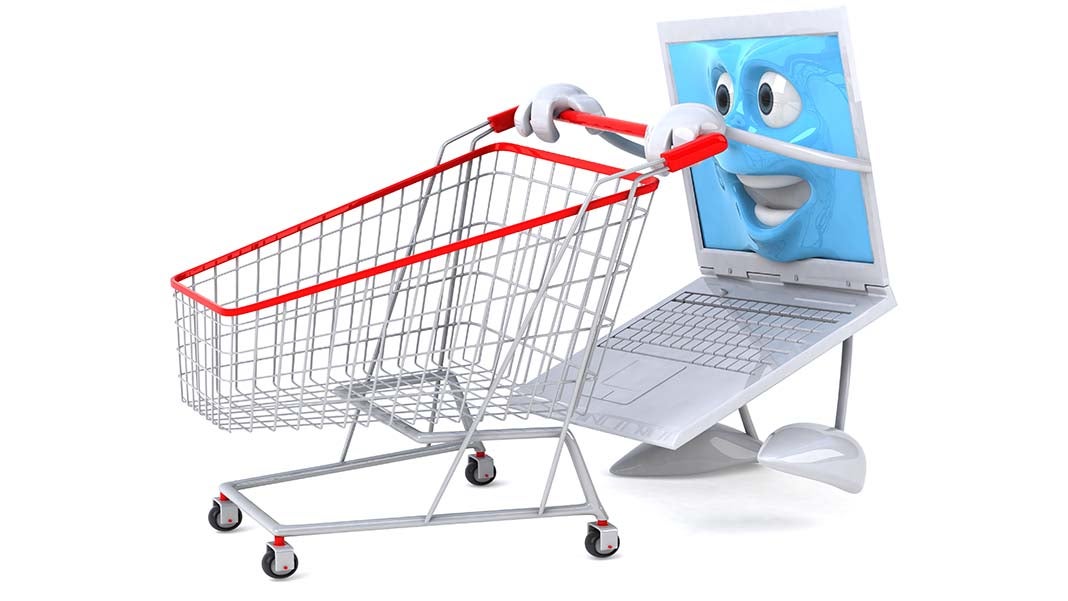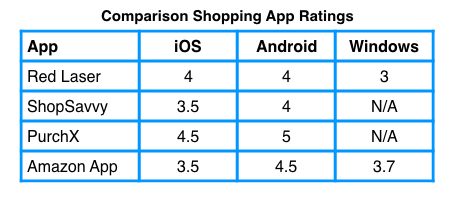4 Shopping Apps to Keep Small Business Retailers Ahead of the Competition
By: Susan Solovic

Local small business retailers have been witnessing this scene for a few years now: Shoppers roam their aisles finding good merchandise. They scan the barcode on their smart phone and then use a price comparison application to see if they can find a better deal…often online. The routine is called showrooming; if the search starts on the Internet and ends in a local store, it’s called webrooming.
My question for you is: Are you leveraging today’s powerful shopping apps to your advantage with the same efficiency as your customers are?
Here are four product search apps that will deliver the competitive analysis you need to position your store pricing properly for your market. By the way, as these shopping apps have evolved in recent years, most now include a local store price comparison feature that will be of special interest to many small business retailers.
Red Laser. This is probably the grandfather of the shopping apps. It was certainly one of the first to let users scan barcodes to make their comparisons. It now includes an “around me” function. If you have local competitors you need to stay on top of, this is one of your better choices.
(All of these shopping apps depend on merchants uploading inventory and pricing information to various databases. If you or your competitors aren’t doing this, the information you receive via any of these store price checker applications will be incomplete.)
ShopSavvy. Along with the standard features you would expect in a price comparison application, ShopSavvy also has a Chrome browser plugin, which may make it more convenient for the manager of a brick-and-mortar store to use on a daily basis.
There are two other features that make ShopSavvy a shopping app that deserves careful consideration. It has a “price alert” feature that you could use to get a sense of when the competition stiffens on an important item in your inventory. It also employs “geofencing” so you can get a really good sense of what your closest competitors are doing with their pricing.
PurchX. One of the main features of this product search app is the reviews and the way it encourages users to offer reviews. However, most small business retailers will be more interested in the raw pricing information than earning rewards for writing reviews.
Amazon app. Of course the 300-pound gorilla of online shopping had to put out its own price comparison app, and as you might expect, it’s pretty slick. Although it includes non-Amazon retailers, I suspect that overall, the final shopping experience is better for retailers with products on Amazon. Being able to tout features like Amazon Prime while delivering comparison data to the user has to be an advantage.
Below are current user ratings for these four shopping apps.
Your customers are using mobile price comparison application software to get the best information on the products they want to buy. Using the same tools they use is an easy and inexpensive way to get the basic information you need to stay price competitive.













